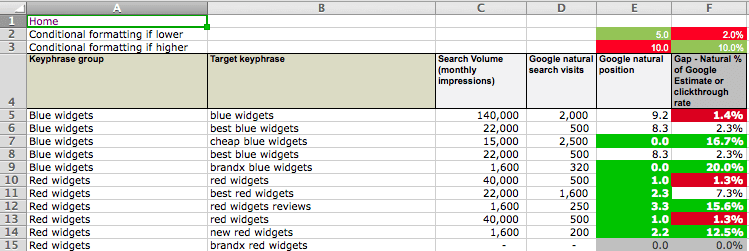WHEN THE AIR SANG
One spring, brown-skinned Annie discovers something new: periodical cicadas. She follows their lives with the help of her great-grandmother, grandmother, and pregnant mother. Much waiting is involved, which frustrates Annie. First, holes appear in the ground. Next, insects emerge, climb trees, shed their shells, and unfurl their wings. A few days later, they begin to sing, calling out from the trees. Annie wants to get closer to observe them, but she isn’t yet big enough to manage climbing a tree. Still, “some things are worth the wait”—a realization the child comes to with the help of her loving family. Seventeen years later, she climbs cicada-filled trees with a younger sibling. Bontje’s clear, expressive text provides the basic facts about the cicada life cycle, supplemented by helpful backmatter that offers a timeline of the insect’s life. Whang’s cozy illustrations include photos of Annie’s great-grandmother, grandmother, and mother as children, helping readers follow along as the story moves back and forth in time and the older family members recall the cicadas of their childhoods. Along the way, this multiracial family prepares for the new baby—a narrative device that nicely underscores the theme of the cyclical nature of life.


One spring, brown-skinned Annie discovers something new: periodical cicadas. She follows their lives with the help of her great-grandmother, grandmother, and pregnant mother. Much waiting is involved, which frustrates Annie. First, holes appear in the ground. Next, insects emerge, climb trees, shed their shells, and unfurl their wings. A few days later, they begin to sing, calling out from the trees. Annie wants to get closer to observe them, but she isn’t yet big enough to manage climbing a tree. Still, “some things are worth the wait”—a realization the child comes to with the help of her loving family. Seventeen years later, she climbs cicada-filled trees with a younger sibling. Bontje’s clear, expressive text provides the basic facts about the cicada life cycle, supplemented by helpful backmatter that offers a timeline of the insect’s life. Whang’s cozy illustrations include photos of Annie’s great-grandmother, grandmother, and mother as children, helping readers follow along as the story moves back and forth in time and the older family members recall the cicadas of their childhoods. Along the way, this multiracial family prepares for the new baby—a narrative device that nicely underscores the theme of the cyclical nature of life.



























![The CMO’s Guide To Winning In AI Search With Ahrefs [Webinar] via @sejournal, @lorenbaker](https://www.searchenginejournal.com/wp-content/uploads/2025/04/featured-685.png)






















![How Marketers Are Using AI for Writing [Survey]](https://www.growandconvert.com/wp-content/uploads/2025/03/ai-for-writing-1024x682.jpg)

























































































